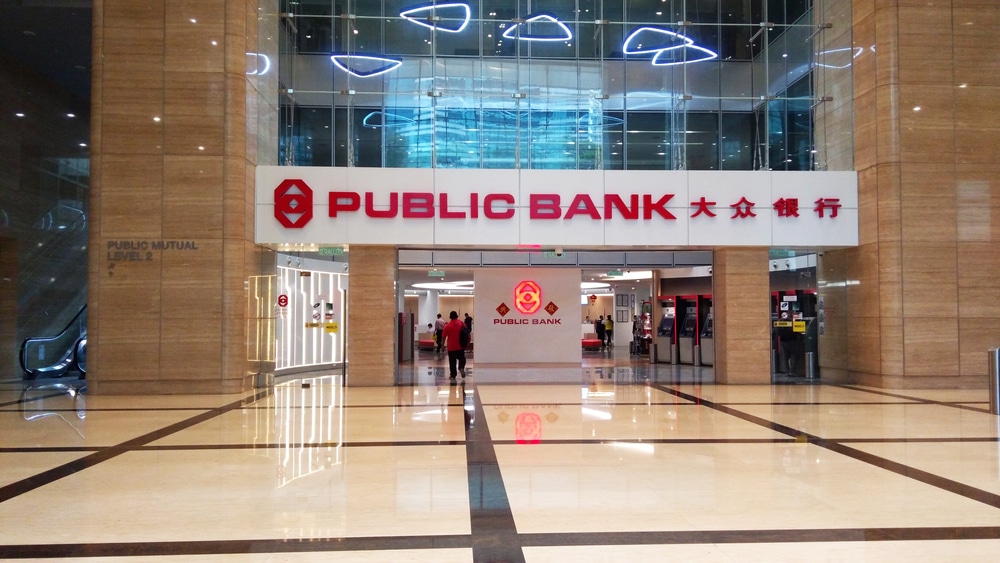There are two major types of banks across the world: Public banks and private banks. This article focuses on the former. Read on to learn everything you need to know about public banks and how they differ from private banks.
Defining a Public Bank
Simply put, public banks are financial institutions owned and managed by public entities or governments. By comparison, private banks are owned and managed by private entities or individuals. In the United States, only one public bank (The Bank of North Dakota) exists.
📈🤖 Unlock unparalleled trading potential with GPT Stocks Master AI! Revolutionize your portfolio, leveraging real-time insights and predictive analytics. Don’t miss out – step into a world where precision and profitability meet. Ready to transform your trading journey? Click “Master My Trades” now for your exclusive access! ✨🚀📊
How a Public Bank Works
Similarly to private financial institutions, public banks enable the flow of funds throughout a country’s economy. By owning a public bank, a government is able to manage its own funds and avoid paying fees associated with managing money in a private bank. Moreover, it can grant loans to the public at relatively low interest rates.
When a government owns a bank, the public takes part in the decision-making process of that financial institution, meaning it’s involved in electing officials who will run the bank.
Since public banks are focused mainly on meeting the financial needs of the citizens rather than maximizing profits, they charge small fees and offer some services for free.
Services Offered by Public Banks
A public bank may provide a range of services, including managing the deposits of government agencies, offering wholesale lending, infrastructure lending, and small business lending.
It is important to mention that public banks offer checking and savings accounts like private banks. However, most countries have laws restricting public banks from offering credit cards.
Challenges
1. Launching public banks can be challenging because the capital required is massive.
2. Public banks may unfairly compete with commercial banks, thus creating an unconducive business environment for private investors.
History of Public Banks in the United States
The first American bank was formed in 1791. It closed shop twenty years later. In 1812, several state governments started establishing their banks. However, many of them failed in 1837 due to financial panic. By 1863, state-owned banks had all disappeared.
In 1919, the Bank of North Dakota was formed to lend money to players in the agricultural sector as it had become difficult for them to get funded by private banks.
Campaign for More Public Banks in the US
As mentioned earlier, the Bank of North Dakota remains the only public bank on American soil as of June 2024. However, policymakers have introduced bills in recent months advocating for the establishment of more public banks.
Moreover, numerous California cities are already planning to establish city-owned banks to serve the community members earning low income.
Advantages and Disadvantages of Public Banks
Advantages
1. Public banks offer multiple financial services: A public bank can meet the needs of the community while making financial services like loans and deposit accounts more accessible.
2. Public banks provide affordable project financing: Instead of borrowing expensive loans from private banks to finance public projects, governments can obtain cheap funding from public banks.
3. Public banks focus on serving communities: A public bank can decide to support a project that serves the community.
4. Public banks give access to finance during tough economic times: Public banks minimize the effects of financial crises or economic downturns by offering funding to businesses and individuals.
Disadvantages
1. Public banks may not offer insurance on deposits: While many private banks offer FDIC insurance of up to $250,000, the Bank of North Dakota does not.
2. Funds could be mismanaged: Due to political interference, public banks face the risk of money mismanagement, thus threatening their stability.
Example of Public Banks
Besides the Bank of North Dakota, several other public banks exist. They include ICBS China, Bank Misr, and Germany’s Sparkasse.
Private Bank vs. Public Bank – Which is Better?
If you need to access complex financial services like tax planning and asset management, then a private bank is an ideal choice. But if you want a loan at low interest rates, make a public bank your first option.

